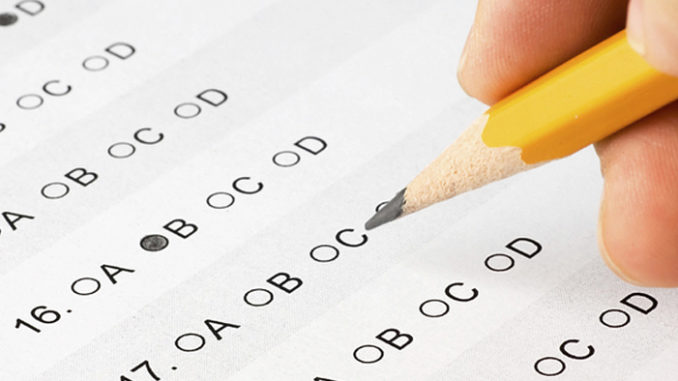
Multiple-Choice Questions.
To assess your knowledge and skills in government and politics answer these sample multiple-choice questions. Here are some questions on political parties. The correct answers will appear below the questions once you’ve had time to answer.
1. Which of the following is an accurate comparison of the Democrat and Republican parties?
| Democrat Party | Republicans Party | |
| (A) | Has more delegates at their conventions to fairly reflect of their voters | Has shifted party ideology from a liberal to more conservative stance over time |
| (B) | Dominates most southern congressional seats | Was strengthened by the creation of the New Deal coalition. |
| (C) | Has received solid support from the Asian American community for decades | Receives more support from younger voters |
| (D) | Believes the law should prevent abortions | Is more open to immigration |
2. Which of the following issues was NOT a determining factor in the shifts of ideology of the Republican and Democrat parties?
(A) The Democrats evolving views on civil rights for African Americans.
(B) The Republicans alignment with big business and an affinity for lassez faire
approach to governing.
(C) Southern Democrats becoming Republicans in the post-1964 era.
(D) A stark difference of opinion on the administration of the Vietnam War.
3. Which of the following is a plank from the 2012 Democrat party platform?
(A) “States should have the option of imposing the death penalty.”
(B) Support for “a woman’s right to make decisions regarding her pregnancy.”
(C) “Marriage, the union of one man and one woman, must be upheld as the national standard.”
(D) A belief in a “fundamental right to keep and bear arms for self-defense.”
And the answers are . . . A, D, and B
What could you examine or review to assure you can answer on this type of question, or a harder one, next time again?